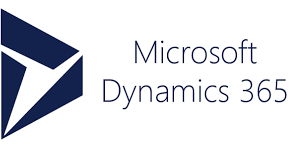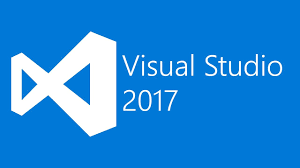Official support has been added for D365 as it relates to the Dynamics CRM platform. Other products combined under the Dynamics 365 name are not supported.

Using XrmToolkit with Visual Studio 2017 (any version that supports addins) is now supported.

Similar to the support of JavaScript and TypeScript files, JSX and TSX (React) files are now supported. Deploying to CRM is a one-click process.
Let's be honest, when fine tuning complex email templates, editing them using the email editor in CRM is less than ideal. Now you can download and edit the HTML of the email template directly in Visual Studio and then redeploy to D365 with the click of a single button.
System and User views can now be downloaded, edited and re-published from Visual Studio. These files are stored in XML format and can easily be committed to source control. You can even run the FetchXML statement of the view using the new abillity of XrmToolkit to recognize and execute the FetchXML query directly in Visual Studio.
FetchXML statements are often tedious and cumbersome to fine-tune without being able to see the results of the query you're trying to refine. Now you can simply copy and paste any FetchXML query into an XML file in Visual Studio and XrmToolkit will recognize and allow you to execute the query and display the results in a window in Visual Studio, allowing you to quickly and easily refine your query. For more information see here.
You can download the process (workflow) XML definition files and edit and re-publish them to CRM.
You can now publish plugin or custom workflow assemblies to CRM from a command line. Doing so takes into account all your XrmToolkit settings, including ILMerge, and publishes the resulting DLL to D365. This can facilitate your ALM process without needing Visual Studio to be installed. This is a separate download and install but has the same licensing as XrmToolkit. For more information see here.